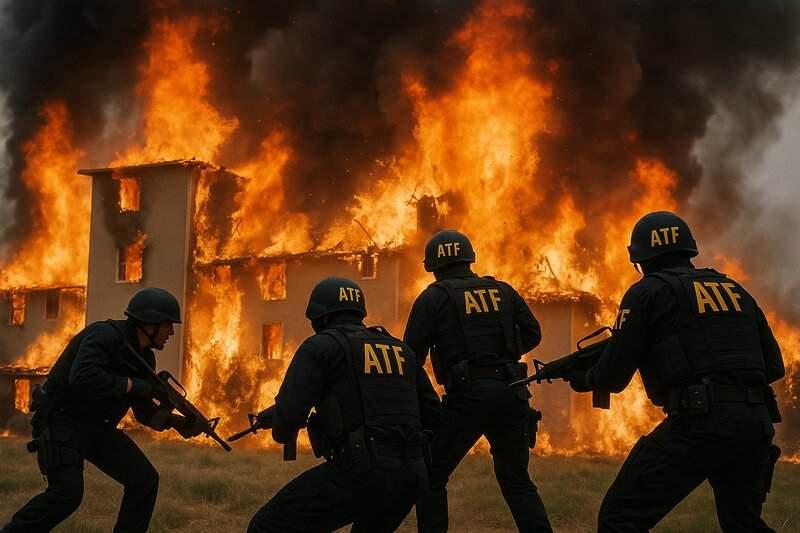1. Who Were the Branch Davidians?

Emerging in 1955 as an offshoot of the Seventh-day Adventist Church, the Branch Davidians were a religious group known for their apocalyptic beliefs and communal lifestyle. Under the leadership of David Koresh, who claimed divine revelation, the group emphasized the imminent end of times, interpreting biblical prophecy as a guiding force. Members lived communally at their Mount Carmel compound near Waco, Texas, practicing strict discipline, intensive Bible study, and self-sufficient living. Koresh’s influence, rooted deeply in charismatic preaching and prophetic interpretations, bound followers closely, shaping their collective identity and defining their daily lives around preparations for an anticipated judgment day.


















